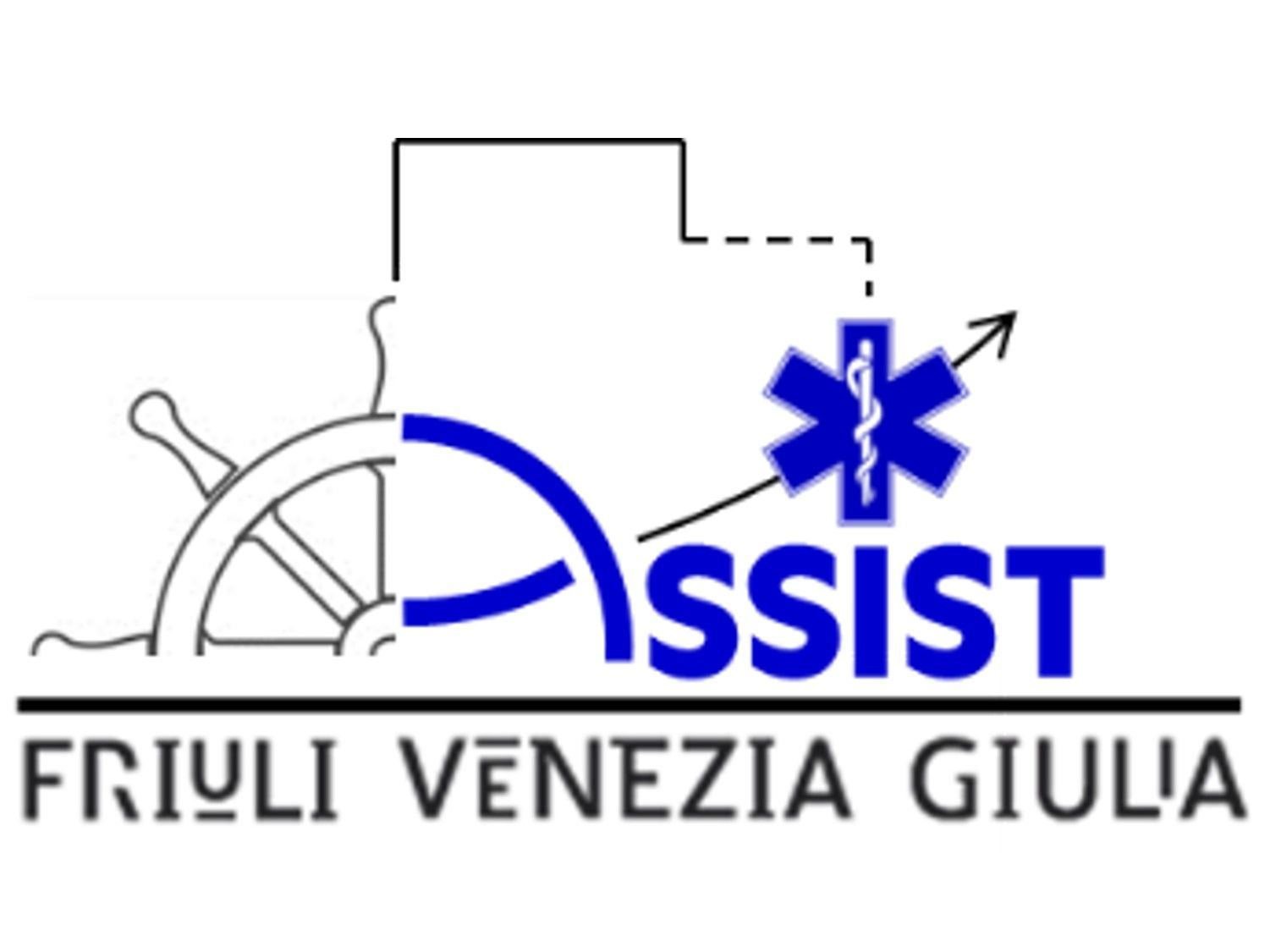The ASSIST research project (in Italian, ASSIST is the acronym of ‘Ammodernamento delle Strutture Sanitarie con il supporto di Indicatori Situazionali Tecnico-economici’). The ASSIST research project aimed to assess the physical environment of existing hospital facilities of the Friuli Venezia Giulia region (North-East of Italy). The goal of the ASSIST project was to provide the local decision-makers with a strategic vision for defining a modernization plan.

The project was aimed to support decisions regarding the planning of investment interventions through the acquisition of the knowledge elements useful for:
- evaluating hospital compatibility with respect to the continuous reorganization processes
- defining intervention economic sustainability with respect to the intrinsic characteristics of the structure and their life cycle
- improving the level of safety in all aspects (structural, technological and organizational).
The project idea was to obtain a "dashboard" that allows decision-makers to have an overview of the main indicators deemed relevant for the investment planning choices connected with the health and safety building stock of the region. The characterization with these indicators was designed in such a way as to capture the greater or lesser "intrinsic vocation" of the individual properties under the different potential occupancies.
Activities
The research activities were developed by the research group of the SPRINT laboratory of the University of Udine, composed of the director Stefano Grimaz and the research fellows Elisabetta Ruzzene and Fabio Zorzini.

To address the issue of situational assessment of hospital facilities, the authors have developed the RADAR-Hospital Facilities methodology (RADAR-HF methodology).
In order to develop the RADAR-HF methodology, the authors customized the multi-parameter RADAR method carrying out an intersectoral collaborative process with experts and sectoral specialists. This process aims to elicit expert reasoning by using the charrette technique. The customization has concerned objectives of the assessment, main aspects, algorithms, metrics, and outcomes representation.
RADAR-HF considers different main aspects as safety, functionality, sustainability, adaptability, and comfort. The algorithms evaluate the aspects with reference to specific established goals and they are based on a hierarchy of main indicators which assign greater importance to safety and functionality. In addition, the algorithms consider the relationships between the hospital facilities parts, considering them as complex systems. Graphical indicators and overview-tools represent outcomes. These have been specifically designed to outline the status-condition of one or a set of existing healthcare facilities, the upgrading needs impact, and the best occupancy of the facilities. RADAR-HF has been structured even to be a monitoring tool optimizing and minimizing the input data.
The methodology has been applied in the ASSIST research project. The application of RADAR-HF has allowed an overview of the situation of the physical environment of the existing hospital facilities of the Friuli Venezia Giulia region (North-East of Italy).
An internal group of technicians of the regional healthcare system have used the RADAR-HF methodology for the situational assessment of the existing hospital facilities. The technicians have applied the methodology on one hospital facility after a short period of training and capacity building with the support and review of the authors. Then technicians have collected the data and have produced the outcomes using the RADAR-HF SW-tool for all hospital facilities of the region.
Overall, the methodology has received good feedback. Decision-makers and technicians appreciated the interdisciplinarity of the methodology and the exhaustive set of outcomes as knowledge support both to define intervention strategies and monitoring the situation of the facilities.
Moreover, the methodology was used during the COVID-19 pandemic. It provided support for a fast hospital layout changing and it was used to find spaces where intensive care units were created. Although this does not represent a real validation, it gave a practical evidence to be a useful support tool for the rapid definition of a contextualized action plan.
Start - end of project: 2017-2019


